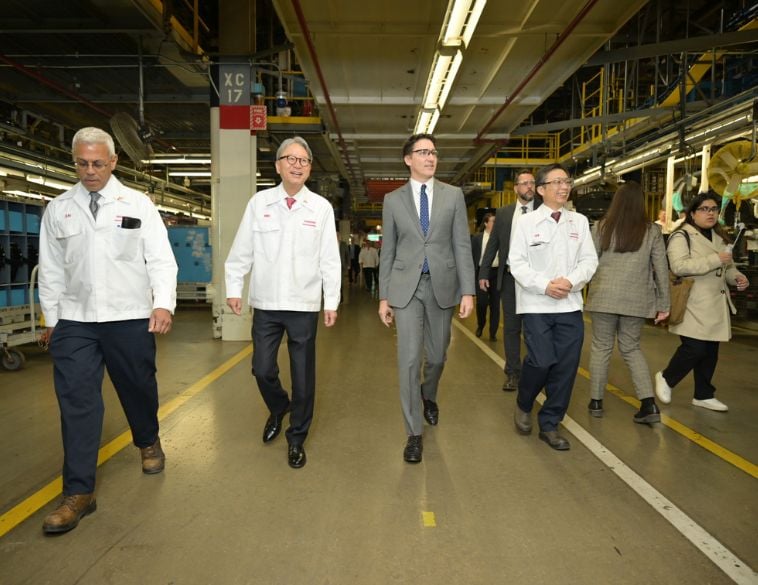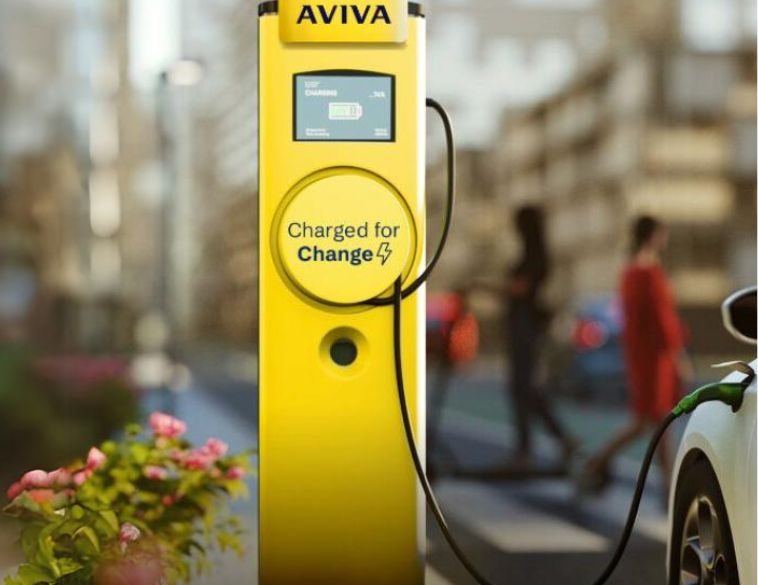Customers demand a better service experience, with fewer pain points.
According to a recent J.D. Power study, customer satisfaction has significantly improved in the dealer service area during the pandemic.
And that doesn’t come as a surprise to J.D. Ney, Canadian Automotive Practice Lead at J.D. Power. “Since the recession in 2009, shrinking margins showed that selling cars was not enough,” he says. “There’s been a push to improve service that’s been led by dealers as well as the OEs. Better service means better retention.”
The study shows that dealers capture 49 percent of all service visits for vehicles that are four years old and older. Also, dealers are gaining an increase in cost-per-visit, from $323 in 2019 to $375 in 2020. This high cost-per-visit means that dealerships capture 60 percent of service revenue in Canada, or about $5.5 billion.
Seamless and touchless
One of the keys is communicating how service areas—not just showrooms—are providing convenience and safety. “It should be seamless and touchless, regardless of the pandemic,” says Ney. Customers expect online scheduling, tablet technology, and overall fewer pain points. “One of the messages we hear from Canadian consumers is that they need dealers to let them know what’s in place and what’s going to happen when they get to the dealership.”
That means very specific instructions, and actually walking the customer through the new protocols. “The more you communicate what the process is, and put your customers at ease, the better off you are.”
The volatility of vehicle sales means that fixed operations are a key not just for thriving, but just surviving, according to David Foutz, Vice President of Sales at Xtime. “The main shift is that the pandemic has accelerated consumer expectations,” he says. “We all interact with many businesses differently now. That influences our expectations about how a dealer should be able to take care of us.”

Having a rich online experience for customers is important, especially making it easy to do service business with you. “It relates to your website, but it’s not just putting a phone number on a website,” says Foutz. “You need transparency about pricing and availability, so a customer can secure an appointment without having to talk to you. Self-service is everywhere. It’s more efficient. Customers can do it on their own time.”
Putting off service
The reality is, consumers are hanging onto their cars longer. A survey shows that 39% are delaying their service. “The reason is that they’re driving less,” says Foutz. “Putting off service is something people think is an option. Obviously, at a certain point, that has negative consequences. Preventive maintenance is always cheaper.”
The most important trend he’s seen through COVID-19 is service pick-up and delivery. “In June, the number of dealers offering pick-up and delivery went up from a pre-COVID level of mid 30% to 61%,” says Foutz. “It’s really accelerated and making a big difference with retention and satisfaction and average dollar spent,” says Foutz. At the end of August, franchise dealers offering this service said they had gone from 61% to 90% over those couple of months. When asked if they were going to continue offering the service after the pandemic, 52 percent said they would.
Of consumers who had experienced pick-up and delivery, 70 percent said it was a key issue for them, and they would be more likely to choose a dealer who offered that service. “In August, a couple of months later, that statistic rose to 91 percent.”
There are also tools for micro-financing with Xtime. “A dealer can offer five or six payments or different options that a consumer can access quickly,” says Foutz. “That helps make the decision easier. In this economy, that’s essential. While we’re driving our cars less, we still need our cars.”
Competing with independents
The fact is, dealers aren’t necessarily competing with other dealers when it comes to service—they’re competing with the independents. “In most cases, there are many different service centres or discount tire stores right in your backyard, and that’s not by accident,” says Owen Moon, CEO, Fixed Ops Digital. “All they do all day long is service and maintenance. They’ve got it down pretty good. We have to get better as a dealership to drive those customers into our service bays and not have them defect to other options.”

Fixed ops include everything from service to parts; to tires, accessories and collision repairs. “These are all profit centres inside the dealership,” says Moon. “When COVID-19 hit in mid-March, it changed everything. We literally went from saying it’s going to be a bigger focus to—in some cases—the only thing keeping the lights on.”
Dealerships need to get information into consumers’ hands. “We always say information, education, recommendation,” says Moon. “Put more information on your website. A lot can be done through the specials page because it’s typically a very underutilized piece of real estate.”
Higher SEO
There needs to be a dedicated effort to getting information online. “You don’t necessarily need to discount your services, but you need to get them out there so people know they exist,” emphasizes Moon. “If you don’t have your information online and tell customers what services you offer every day, people are going to go and look for places where they are being highlighted and advertised.”
Specials don’t have to be special. “We’d rather see a menu of services and use that logic to take it a step further,” explains Moon. “Once you showcase the services offered by fixed operations, then you get service detail pages. Those service detail pages take a deeper dive into a service.” For example, an alignment service. What is an alignment service? Why is it important? How do consumers know a transmission is working properly? While consumers don’t understand this, people in the industry do and should take steps to describe these online.
When a website contains good content, built with all the Google best practices, it will create higher SEO. “When Google looks at a website, they’ll index the information, and then it starts to show up in search results,” says Moon. “The end result is driving more consumers to the dealer’s website looking for those services.”



